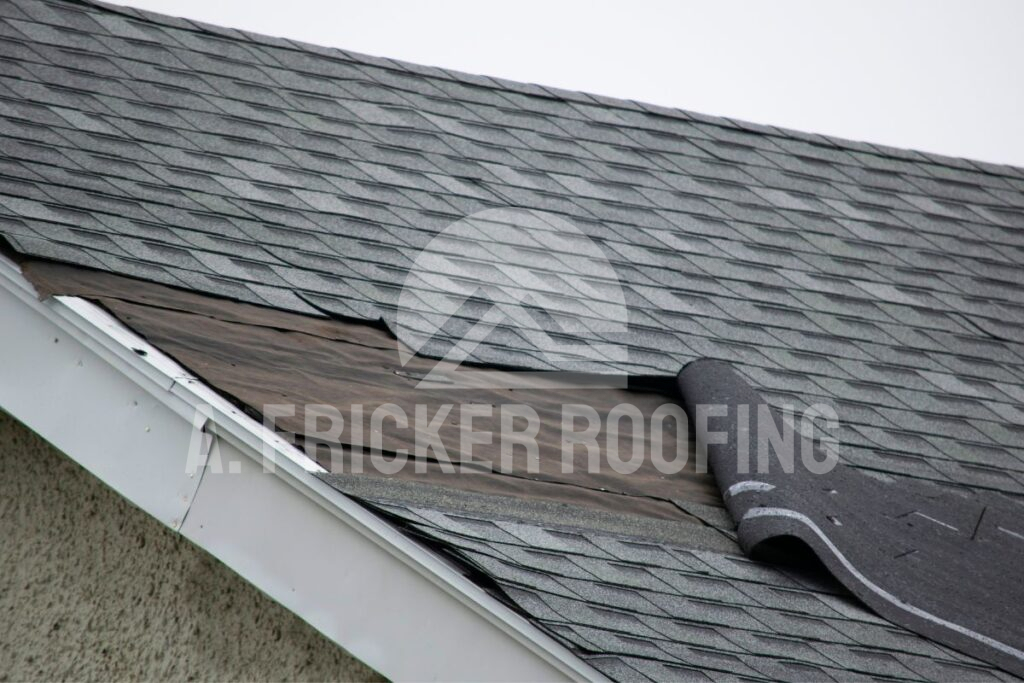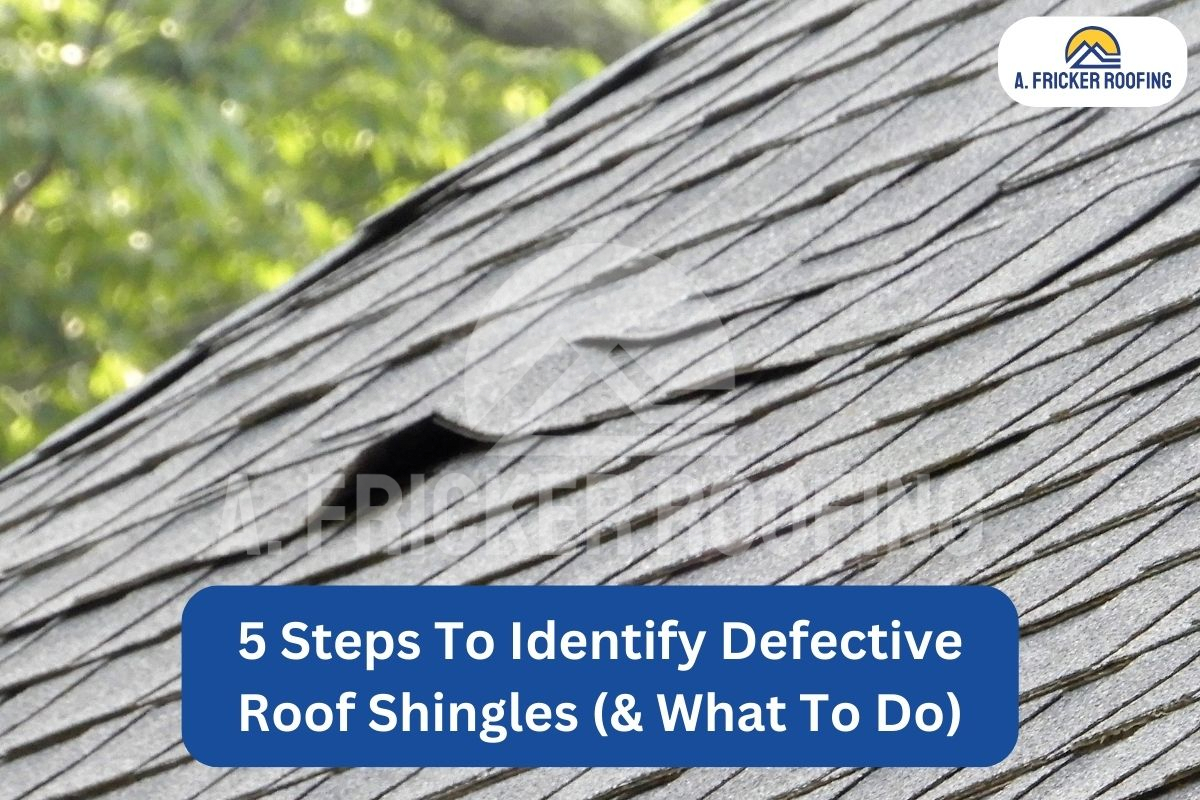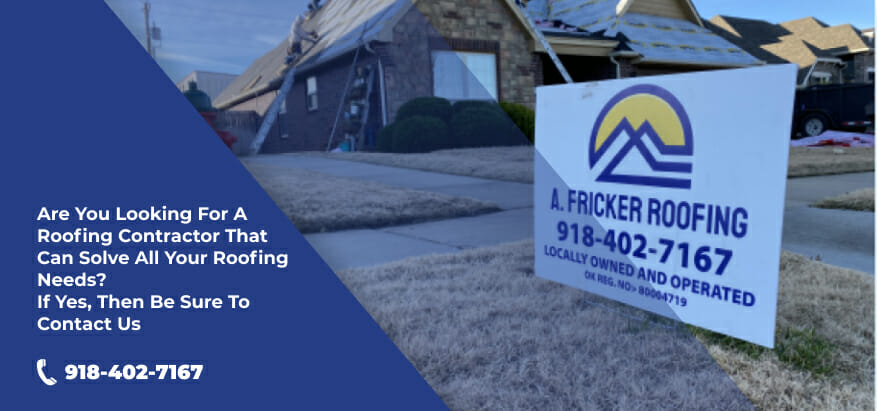Have you noticed damage to your roofing material that you recently installed, even if weather-related damage hasn’t occurred? Like other products on the market, roof shingles and other roofing materials can be defective upon purchase.
If you think your roof has defective roof shingles, keep reading. By the end of this blog post, you will know whether or not you have installed defective roof shingles.
What Are Defective Shingles?

Defective shingles are roofing shingles on which damage pre-occurs far before reaching their lifespan. Even if there is no chance of weather-related damage to your roof, you may notice damage to your shingles and start to see leakage.
If your contractor finds defective shingles on your roof, then you will probably need to replace your roof completely. Since the brands manufacturing defective shingles discontinued these shingles, they can’t be easily found on the market for a replacement, and you wouldn’t want to use them again anyway. Luckily, you can file an insurance claim and check for warranties from the shingle manufacturer to lessen the cost of replacement.
Before filing an insurance claim and seeking warranties, confirm and document the signs of defective roof shingles. The major signs of damage that occur on defective roof shingles include blistering, cracking, water leaking, wearing & tearing, and curling. Also, significant early granular loss from shingles is pretty common in defective roof shingles.
Two Major Brands Were Found Manufacturing Defective Roof Shingles
Many unpopular brands are known to have manufactured defective shingles; however, the following two brands are two leading roof shingles manufacturers that you wouldn’t expect. However, it is essential to note that the defective shingles were only the result of experimentative manufacturing. This doesn’t make these brands bad or untrustworthy.
1. Tamko
Tamko is a leading manufacturer of roofing shingles and materials. However, despite it being one of the leaders, it has a record of manufacturing shingles that were found defective later on. Tamko laminated shingles are a type of roofing material that is supposed to last for 30 years or more. However, many consumers have reported that these shingles are defective and fail prematurely, causing damage to their roofs and homes. Some of the common problems with Tamko laminated shingles are cracking, curling, delamination, and granule loss.
If you have installed Tamko laminated shingles and believe they are defective, you should document all the evidence of the shingle problems and keep your proof of purchase and installation records.
2. Atlas
Atlas is a well-known name in the roofing material industry. They attempted to create shingles that resembled architectural shingles by adding a layer of granules on top of 3-tab shingles. These shingles, known as Atlas Chalet shingles, were initially popular because they offered the look of architectural shingles at an affordable price. As a result, more than 100,000 homeowners had them installed by 2009.
However, despite the initial belief that these shingles could last for over 30 years, they started showing problems such as cracking and blistering within just 1 or 2 years after installation. These issues were identified early on, leading Atlas to completely withdraw these shingles from the market in 2010. Nowadays, you won’t find these shingles available for purchase, and it’s impossible for a reputable roofer to repair any defects in them. If you happen to have these defective shingles, the only option is to replace them through an insurance claim.
How To Identify Defective Roof Shingles
If you have recently bought a home, or just want to be sure the shingles installed aren’t defective, inspect your roof for the following signs. These key points can help you make an informed decision and prevent you from significant expenses down the line.
1. 3-Tab Shingles With Architectural Appeal
To be sure, if you have installed defective roof shingles, check for their appeal. Many of the defective shingles (Atlas Chalet Shingles) were manufactured in an effort to produce the architectural appeal of 3-tab shingles. This assessment can be tricky, as now you have to identify the 3-tab pattern as well as its illusory architectural appeal. Therefore, have a professional and skilled roofer along with you during the roof inspection.
Check For the Black Shadow Line on The Top – Very similar to architectural shingles, these shingles have a black stripe of granules adhered on top, creating an illusion of three-dimensional appeal.
Check For The Keyways Between Shingles – Keyways are the gaps between the adjacent tabs of the shingles. Generally, these gaps or keyways aren’t present in actual architectural shingles, as they were made to create a distinctive look for these shingles. If you closely inspect your roof, you’ll be able to locate these gaps between the adjacent tabs.
2. Defects and Damage To Shingles
If you have installed defective roof shingles, it is certain that they may have some sort of damage or even leaks. Check for thermal blisters on shingles. Generally, blisters don’t occur on newly installed shingles, as they are the result of the prolonged moisture trapped underneath the shingles. Their presence can dictate early damage has occurred to your shingles.
Other signs include:
Degranulation – The prolonged exposure of shingles to UV rays knocks out the loosely bound grains or granules. These removed granules can be found in gutters. If you notice the consistent granule loss all over the roof, it is a sign that you have installed defective roof shingles, and it is mainly because of the manufacturing defect.
Curling or Cupping – It is believed that if your shingles show signs of curling or cupping within five years of installation, it is mainly because of improper ventilation. However, if you notice shingles curling or cupping within five years of installation and have the proper amount of ventilation in your attic, it can be because of the faulty manufacturing process.
3. Packaging Details
If you still have leftover shingles or, at least, their packaging, you should be able to identify the brand and the type of shingles you have installed in your home. Show the leftover package to your roof inspector. This will help them be able to identify whether the shingles you have installed are now discontinued.
What To Do If You Have Installed Defective Roofing Shingles
Follow the procedure pointed out below if you suspect you have installed defective roof shingles.
1. Get Your Roof Inspected Professionally
If you suspect you have installed defective shingles, call your local professional roofer and get your roof inspected. Take clear photographs and note any visible signs of damage, such as cracks, blistering, or loose shingles. Depending on the severity of the defect, you may need to file an insurance claim to cover the cost of shingle replacement and potential roof repairs. It’s important not to delay in addressing defective shingles, as leaving them untreated can lead to more extensive damage, water leaks, and increased repair costs over time.
Contact Your Local Area Roofing Contractor In Tulsa, OK
A. Fricker Roofing and Waterproofing In Tulsa, OK, is a leading roofing company serving home and commercial building owners. If you want to be sure about any damage to your roof, contact us today. The expert roofers at our company will inspect your roof and guide you through the process. Call us today at (918)-402-7167 and speak to one of our professionals.

